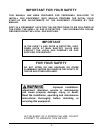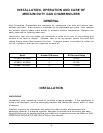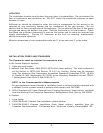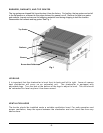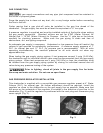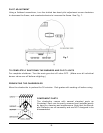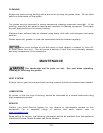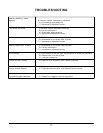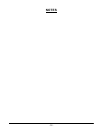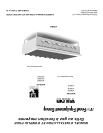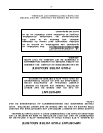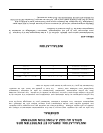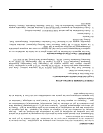Special offers from our partners!

Find Replacement BBQ Parts for 20,308 Models. Repair your BBQ today.
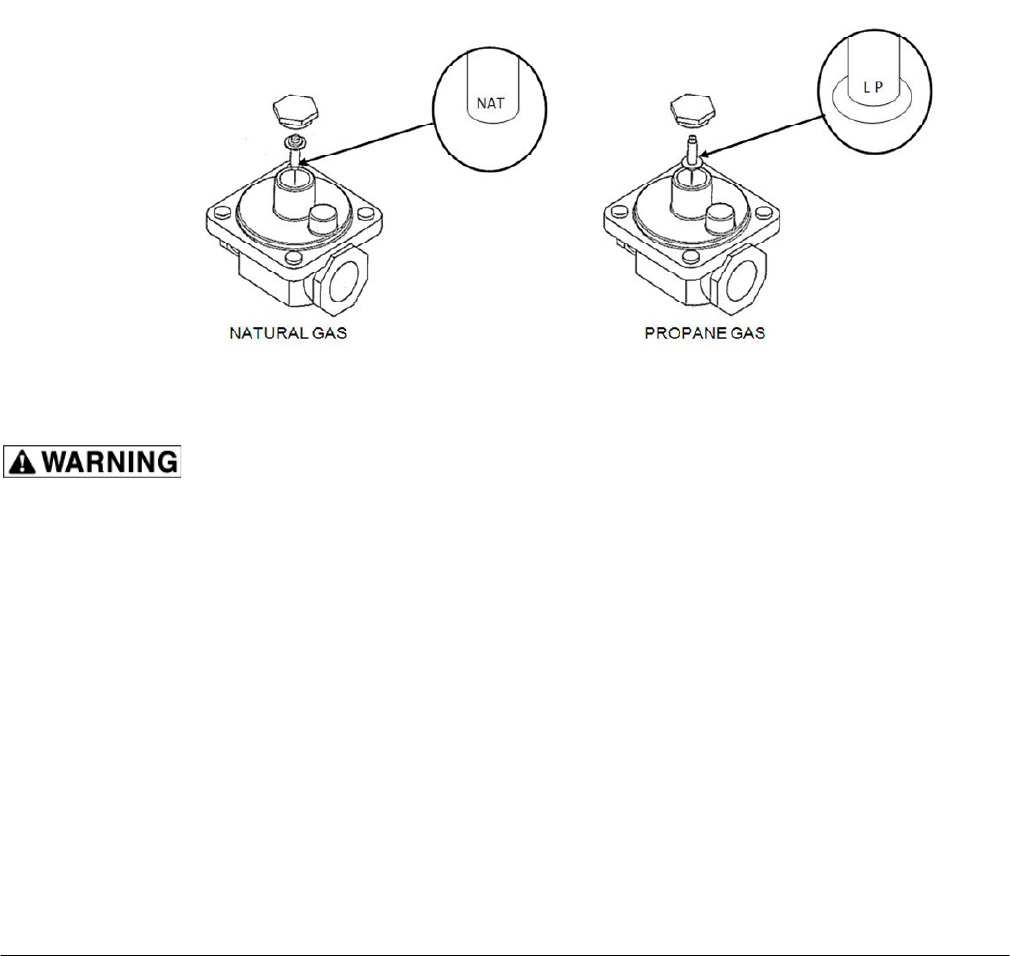
-
7 -
The minimum supply pressure (upstream of the regulator) should be 7-9” W.C. for natural
gas and 11-12” W.C. for propane gas. At no time should the charbroiler be connected to
supply pressure greater than ½ psig (3.45 kPa) or 14” W.C.
PROPANE GAS CONVERSION
This charbroiler is shipped from the factory equipped with fixed burner orifices for natural
gas operation. The burner orifices required to convert the charbroiler to propane gas are
shipped with the charbroiler in the shipping packaging. It is recommended that a trained
gas service technician with the necessary tools, instruments and skills perform the
conversion.
To convert to propane, the following steps must be completed:
1. Remove all natural gas burner orifices and install the provided propane burner orifices.
2. Set the regulator to 10” W.C. by inverting regulator spring plug. See Fig. 4.
Prior to lighting, check all joints in the gas supply line for leaks.
Use soap and water solution. Do not use an open flame.
CASTER EQUIPPED CHARBROILERS
Charbroilers mounted on stands with casters must use a flexible connector (not supplied)
that complies with the Standard for Connectors for Movable Gas Appliances, ANSI Z21.69
• CSA 6.16 and a quick-disconnect device that complies with the Standard for Quick-
Disconnect Devices for use With Gas Fuel, ANSI-Z21.41 • CSA 6.9. In addition, adequate
means must be provided to limit movement of the broiler without depending on the
connector and the quick-disconnect device or its associated piping to limit broiler
movement. Attach the restraining device at the rear of the charbroiler. If disconnection of
the restraint is necessary, turn off the gas supply before disconnection. Reconnect the
restraint prior to turning the gas supply on and return the charbroiler to its installation
position.
Note: If the Charbroiler is installed on casters and is moved for any reason, it is
recommended that it be re-leveled (see LEVELING).
Fig. 4




